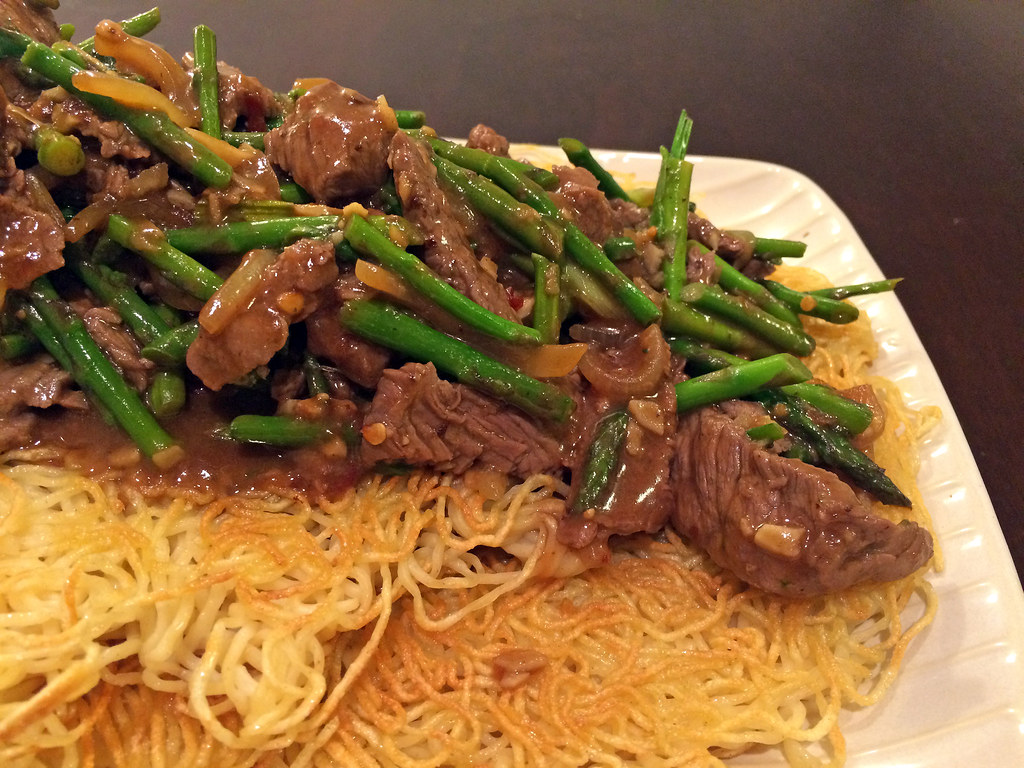And just like that, Thanksgiving is over. It’s time to atone for this year’s gluttony so I’m seeking out vegetables and greens in every meal this week. Mushrooms are in season and king oyster mushrooms in particular are my craving at the moment. King oyster mushrooms are readily available at Asian grocers and are worth seeking out for their meaty, velvety texture. Feel free to substitute with shiitake or even portobello mushrooms, if you prefer.
Tossed with crisp-tender broccoli, this side dish is autumn on a platter. Pumpkin spice flavored everything has nothing on this.
Ingredients:
1/2 cup chicken broth
1/4 cup water
2 tablespoons oyster sauce
1 tablespoons soy sauce
1 teaspoon brown sugar
3 cups broccoli florets
1 tablespoon vegetable oil
2 cloves garlic, crushed
2 quarter sized slices ginger, crushed
1 pound king oyster mushrooms, sliced
1 teaspoon cornstarch dissolved in 2 teaspoons water
1. Stir the chicken broth, water, oyster sauce, soy sauce, and brown sugar in a bowl to combine.
2. To prepare the broccoli, bring a medium pot filled with water to a boil over high heat. Add the broccoli and cook until bright green and tender-crisp, about 1 minute. Drain, rinse with cold water, and drain again.
3. Place a wok over high heat. Add the oil. Add the garlic and ginger and cook, stirring, until fragrant, about 10 seconds. Add the mushrooms and stir-fry until they begin to slightly brown, about 3 minutes. Add the sauce and stir to coat. Cover and cook until the mushrooms are tender, about 7 minutes. Add the cornstarch mixture and cook, until the sauce boils and thickens slightly.
4. Arrange the broccoli in the center of a serving platter and arrange the mushrooms around it. Pour the sauce over the vegetables and serve.





